Copper and aluminum have the best thermal properties of all metals used to produce cookware. Copper products are outstanding but very expensive and usually require special skills. Fortunately for those who love cooking but do not have big budgets, aluminum pans and pots are produced by hundreds of brands at very accessible prices.
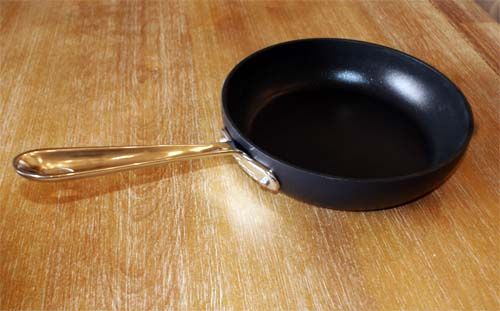
There are different ways to create aluminum cookware; each method produces products that offer significant advantages and disadvantages. The best product for you will depend on your cooking style and preferences. We have put together this guide so you can learn more about each type and decide which one is your best option.
What is aluminum cookware?
Aluminum is one of the most popular materials used to produce cookware. Its natural properties make it a consumer favorite, like being lightweight, relatively inexpensive, resistant to corrosion, and enjoying excellent heat conductivity and distribution.
Aluminum cookware can have different thicknesses. A gauge is a number that represents the thickness; the smaller number, the higher the thickness. Thicker pans and pots have a higher quality.
There are four popular ways to produce aluminum pans and pots: pressed, stamped or drawn, cast, anodized, and hard-anodized. The final product characteristics depend on the process used to create the cookware.
Regular Aluminum: Pressed, Stamped, or Drawn
This method is the most common and cheapest way to produce aluminum cookware.
It uses two pieces of pure aluminum to make a pot, a flat rectangular sheet for the body and a round one for the bottom of the product. Usually, these sheets are pre-stamped with the company name and other helpful information.
Then they are placed on a lathe, a machine to shape metals. The machine spins and presses the sheets, molding and stretching them into the desired shape.
After the machine finishes its job, the coatings and other finishes are applied, and the handles are attached.
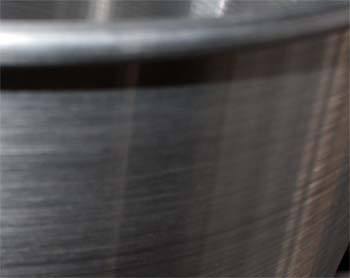
Cast Aluminum
Aluminum is melted and then poured into molds, called casts, especially made for every specific product line and cooled down.
Casting helps create products that need variable thickness in different parts of the body, such as extra thickness on the bottom. This process is similar to the one used to make cast iron products.
Cast aluminum products are typically heavier and thicker than regular or hard-anodized ones.

Anodized and Hard Anodized Aluminum
Anodizing is an electrochemical process that creates an aluminum oxide coating on the cookware’s surface. This treatment makes the products durable, strong, and non-reactive.
Hard-anodizing is a process that produces temperatures and higher current density. This method creates a more rigid, robust, abrasion-resistant product, thicker than a standard anodized one.
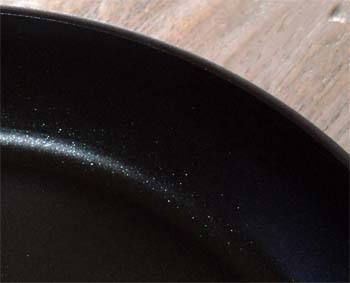
Is aluminum cookware oven-safe?
Yes, the typical kitchen oven only achieves temperatures between 500 and 600°F (215 to 315°C) and aluminum does not melt until it reaches over 1200°F (660°C) . Therefore, as long as the pan does not have a coat, including materials that are not high-heat resistant, they are oven safe.
Would aluminum cookware work on an induction cooktop?
Aluminum does not work on induction stoves because it is not a magnetic material. You’ll need a stainless steel induction adapter plate if you wish to use your aluminum pans and pots on this type of cooktop.
Are aluminum pans and pots safe to use on glass top stoves?
Yes, aluminum cookware is lightweight and smooth and presents no potential hazards to glass stoves.
Is aluminum cookware dishwasher safe?
Most brands don’t recommend putting their products in the dishwasher due to the risks of pitting and corrosion. It is common for aluminum products to discolor or get black stains when washed in a dishwasher.
Is aluminum cookware non-stick?
It depends on the process used to create the cookware. Food will stick in your regular or cast aluminum pans. Hard-anodized aluminum cookware is non-stick. Also, it’s typical to find aluminum products coated with other materials such as ceramic or PTFE that make them non-stick.
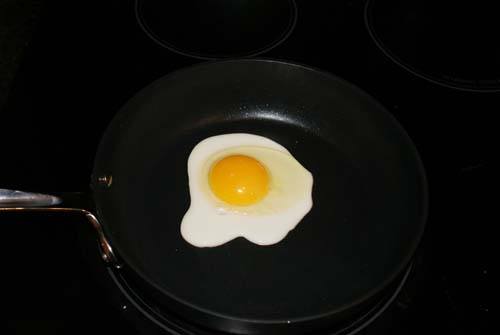
Is using aluminum pans and pot safe for your health?
Regular and cast aluminum pans and pots can leach metal into the food if meals contain acidic ingredients. However, small amounts of aluminum are a very low probability of becoming poisonous to your health. Avoid cooking acidic or alkaline foods often or keeping them simmering on the pan for several minutes. Hard-anodized aluminum is non-reactive and non-toxic.
How long does aluminum cookware last?
Regular and cast aluminum pans are not as durable as their cast iron or carbon steel counterparts. This cookware can easily warp if not treated with care. Hard-anodized aluminum cookware is the most durable aluminum pan option and is resistant to scratches.
Advantages and disadvantages of aluminum cookware
Aluminum cookware pros
- Relatively inexpensive in comparison to other materials.
- Lightweight.
- Pans heat fast and cook food evenly.
- Easy to maintain and wash. Just use soap and hot water.
- Great thermal properties, heat capacity, conductivity, and diffusivity. Only second to cooper.
- Aluminum cookware does not rust.
Aluminum cookware cons
- Even if it’s not always required, some manufacturers recommend seasoning the cookware, which requires special skills.
- Not induction-friendly.
- Not a long-lasting material. Unless hard-anodized, it warps easily.
- Unless the pan is hard-anodized, food will stick if you don’t use oil or butter.
- Regular or cast aluminum can leach metal into food.
What to cook using aluminum cookware
It’s common to find aluminum pans coated with ceramic, Teflon, PTFE, or other non-stick materials. In this case, they are great for making food that can easily break apart, like pancakes, fish, and eggs but are not suitable for recipes that require high heat.
Chefs typically use pressed aluminum pots for boiling seafood, cooking pasta, or frying.
Cast aluminum is excellent for baking. You can use hard-anodized pans for cooking almost everything on a stove.
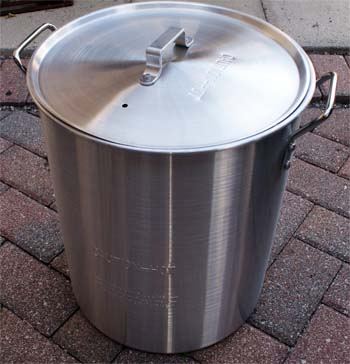
What brands currently offer aluminum cookware?
Aluminum products are everywhere. The brands that make aluminum cookware are too many to mention. Below you can find some of the most common ones:
Regular Aluminum
T-fal, Farberware, Admiral Craft, Rachel Ray, Calphalon, Caraway, Epicurious, Ballarini, Le Creuset, Kenmore, Brooklyn Steel, Cajun, Martha Stewart, and several store brands.
Cast Aluminum
Berndes, Zavor, CorningWare, Garnitestone, BergHOFF, IMUSA Gotham Steel, Pedrini, and Victoria.
Hard-Anodized Aluminum
Anolon, Zwilling, All-Clad, Cuisinart, Calphalon, Ninja Foodi, Rachel Ray, GreenPan, KitchenAid, Circulon, Martha Stewart, and Viking.
